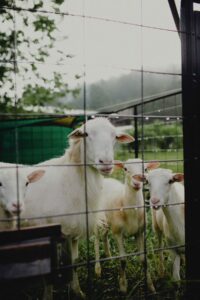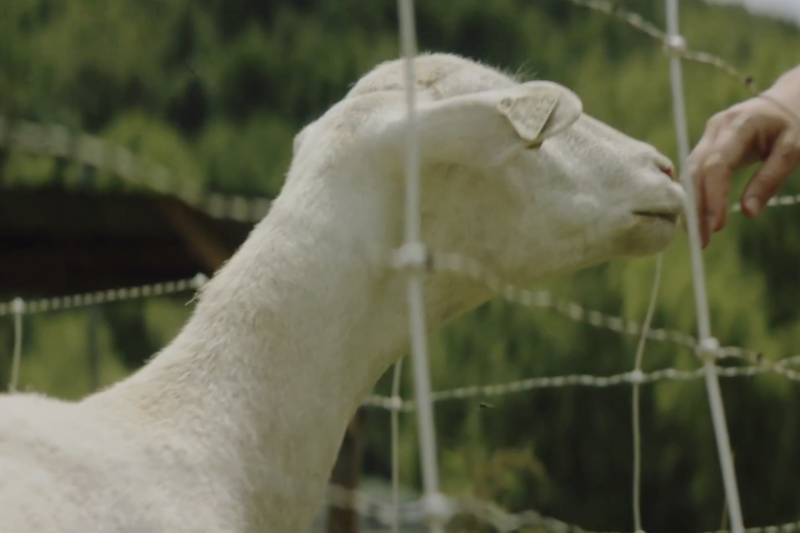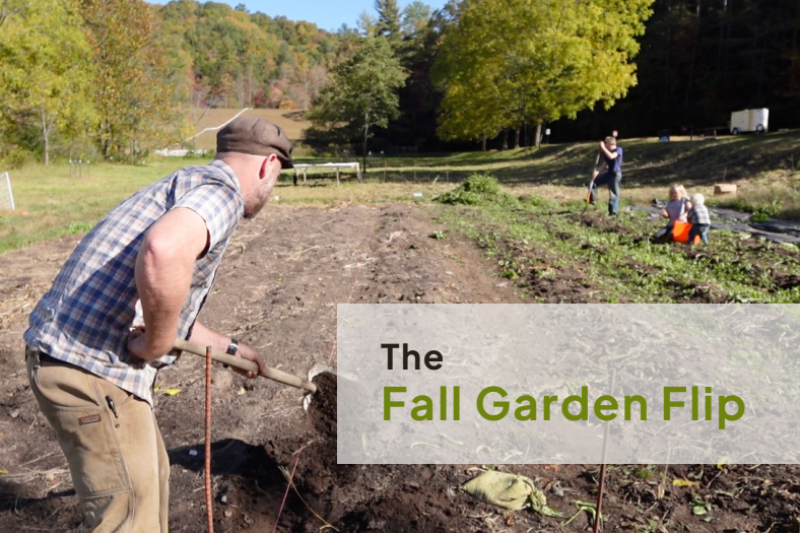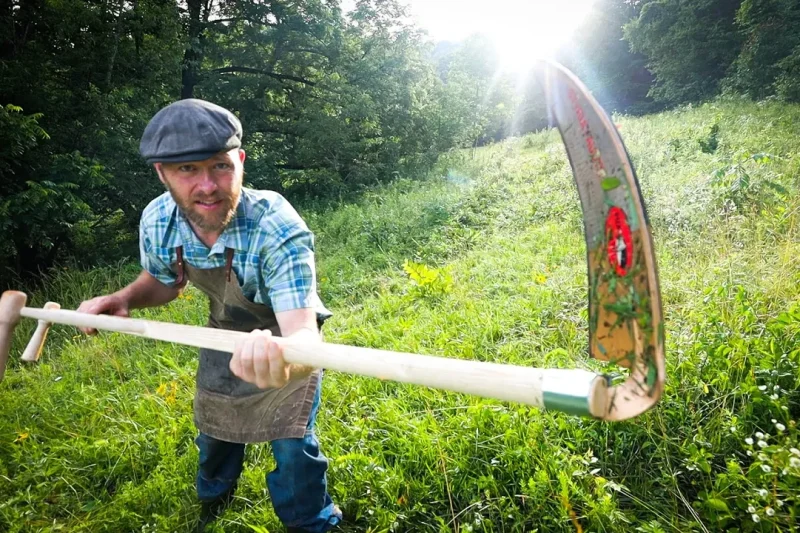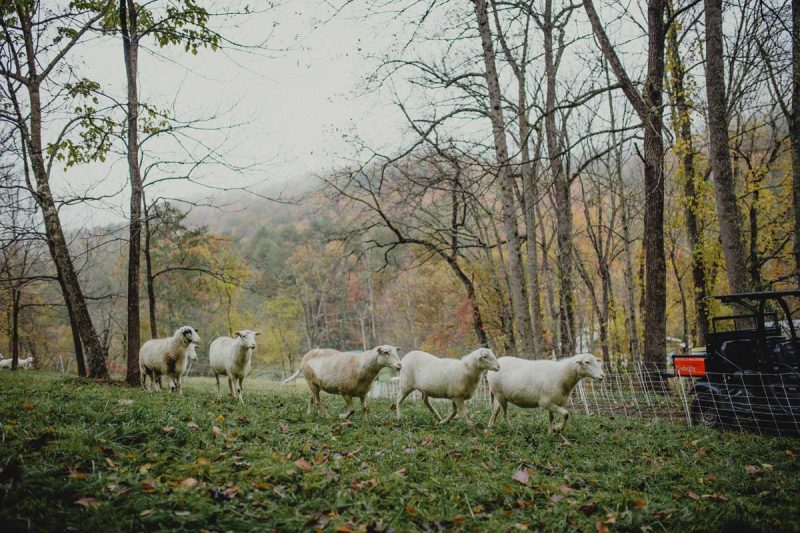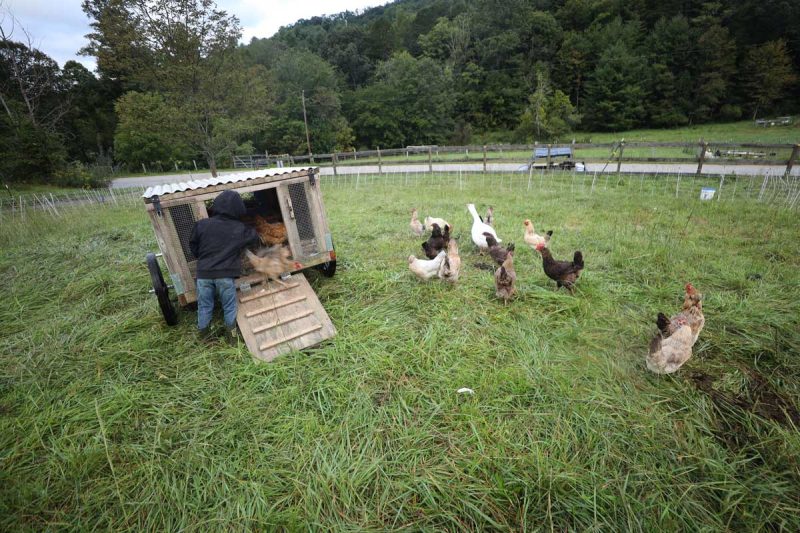Chickens love to help with pest control! Your backyard chickens offer you so much more than fresh eggs daily. Using chickens to break up the pest cycle in your garden and orchard is a great way to harness the working power of chickens!
Are Chickens Good for Pest Control?
One chicken can debug up to 120 square feet of land per week! Chickens will eat all kinds of insects, beetles, and grubs.
They’ll snap up pretty much anything that moves above the surface, and they’ll scratch down more than 6 inches in garden mulch for grubs!
Chickens love to eat anything from weed seeds to squash bugs and Japanese beetles. You will also thank them for their help in eating mosquitoes in your yard! And, did you know they also eat ticks?
A couple of years ago, I ran a flock of 15 chickens around my pasture of 1,700 square feet. Those birds easily eliminated the bug population in that area within one week’s time.
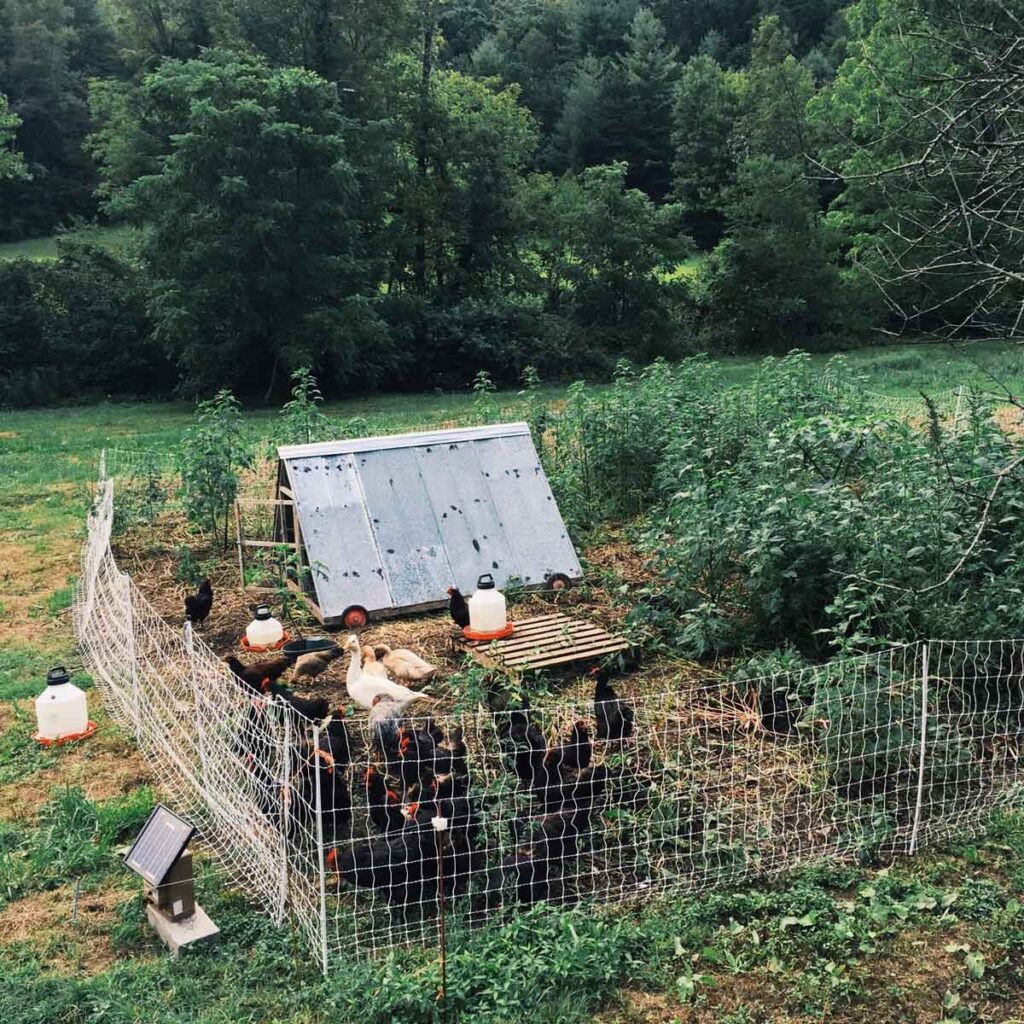
How to Use Chickens for Pest Control
There are several methods to use chickens for pest control.
Confined Chickens
Before you plant the garden, you could confine your chickens in a tractor, chicken coop, or electric net over the area and then move them out before you plant. Here are my favorite DIY designs for a chicken tractor and a mobile chicken coop.
Free Ranging Chickens
You can free-range your birds while protecting your garden and other areas you don’t want them in.
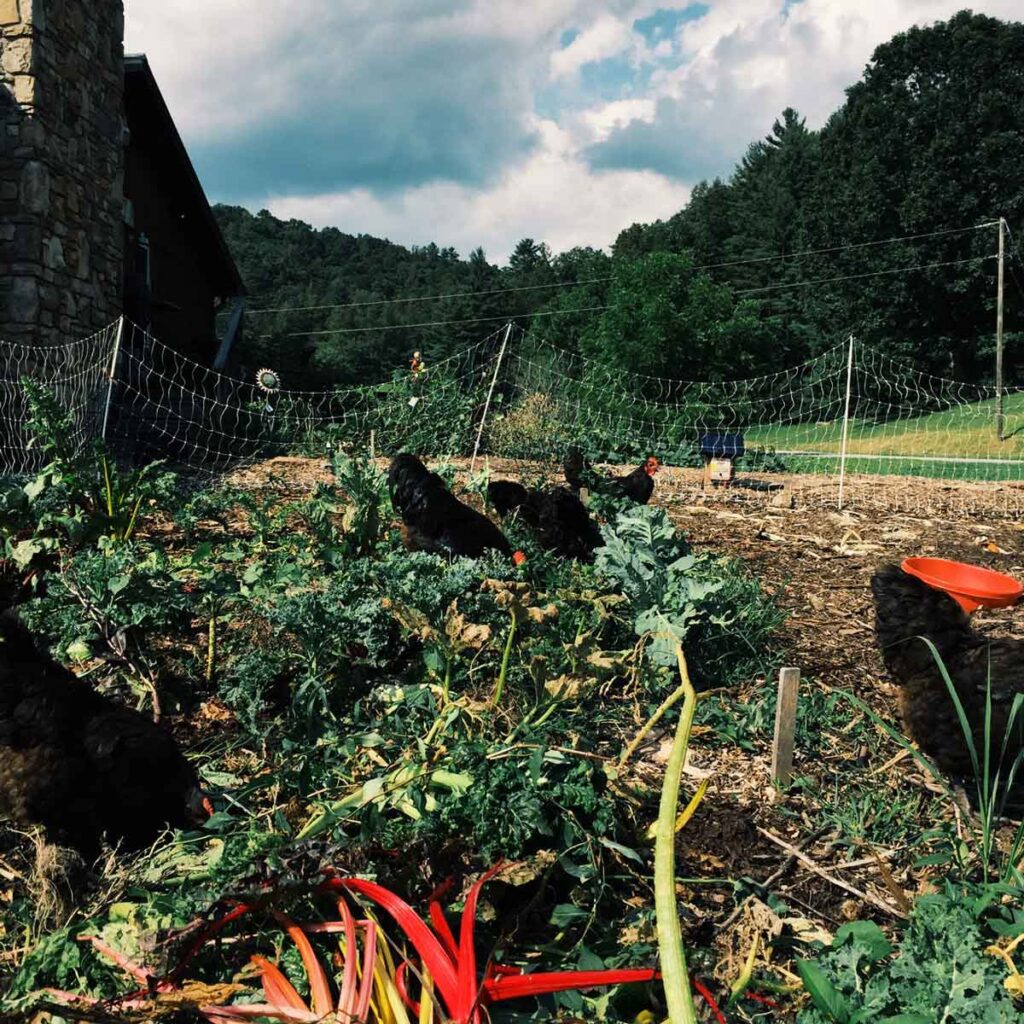
Keep Chickens on Garden Perimeter
Keeping chickens just outside of the garden would work to protect the garden from any crawling insects, and the chicken manure might attract harmful slugs out of the garden and to the chickens.
Move the Chickens
You could also move the chickens around the garden or property with a tractor or mobile netting, depending on the size of your operation. (Learn how to set up mobile electric netting here.)
Supervised Time
You can allow them supervised time in the garden or give them 30 minutes to an hour before dusk. That way, they’ll have just enough time to get at the garden pests, and they won’t have any time left for your goodies!
Chickens in the Pasture
Tim Southwell of ABC Acres has figured out the life cycle of a fly and will rotate his chickens behind his cow herd. He waits approximately three days after moving his cows to another pasture before he releases the chickens to harvest the fly maggots.
The chickens supplement their diet with maggots, and the cows have MUCH less fly pressure.
To encourage the chickens to scratch the cow pies, the farm manager just throws their grain on top of the manure. It is truly an incredible way to implement permaculture and use chickens to destroy the pest cycle while saving on feed costs.
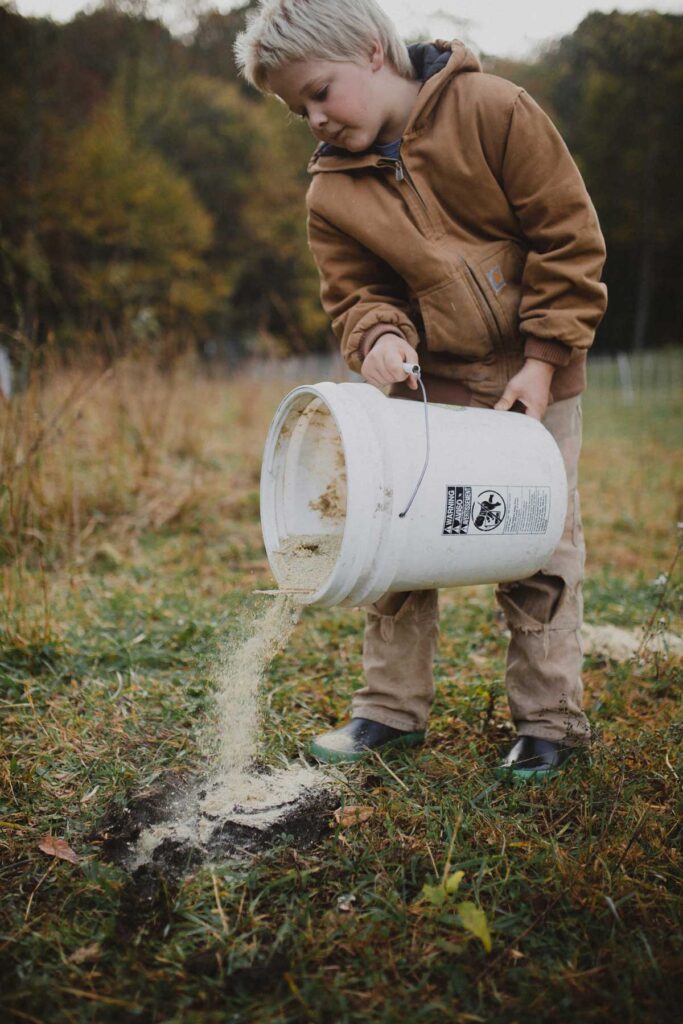
Chickens in the Orchard
A chicken can debug an entire fruit tree within an hour, breaking the life cycle of pests and diseases. Diseases and insects plague the typical orchard, but it should be no surprise that chickens can help in this area.
With some strategic timing, chickens can do a good job of boosting orchard production.
Years ago, some friends ran their flock through my granny’s abandoned and low-producing orchard. That next summer, we harvested so many apples we enjoyed applesauce for years to come!
Typical fruit trees don’t need a lot of nitrogen, so you’ll want to limit the birds’ time around them and use some strategically-timed planning. All you need is to allow approximately a week in the spring and then again in the fall to break up the pest cycle.
- Spring – I suggest running the chickens through the orchard during the spring when the adult worms are coming out to lay their eggs.
- Fall – I would move the flock through the orchard again in the autumn to eat the fallen fruit that insects might use as housing throughout the winter.
More Posts You May Enjoy
- Using Chickens to Create, Turn, and Spread Compost
- How to Keep Chickens Warm in Winter
- How Much Does it Cost to Grow a Garden?
- Chicken Coop Ideas – 5 Methods That Work
- Basics of a Chicken Coop – Design Necessities
- What Farm Animals Eat in a Day
- Raising Meat Chickens
- How to Butcher a Chicken
- What To Know Before You Buy A Homestead
- Five Stages for Success With Breeding Chickens
- How to Braid Garlic and Onions
- Planting Garlic the Easy Way






